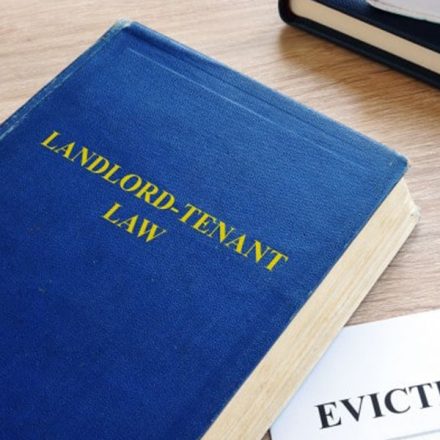Terminating and/or renewing a commercial tenancy or lease
Part 2 of the Landlord & Tenant Act 1954 (The Act) governs commercial tenancies and with very few exceptions applies to all commercial tenancies and leases unless the Lease specifically excludes it.
For the Act to apply there needs to be a tenant in occupation of premises for business purposes. The key feature of the Security of Tenure provisions of the Act is that the tenant is entitled to a new tenancy, (assuming the tenant has substantially performed its obligations under the current Lease) and that such entitlement can only be resisted by the landlord on a limited number of grounds.
Section 24.1(1) of the Act provides that a tenancy will not come to an end even if the term of the Lease has expired unless either the landlord or the tenant has given formal notice to determine the tenancy. The notice to determine the tenancy by the landlord is provided for in Section 25 of the Act. The form that the landlord prepares states the date of which the tenancy is to come to an end and that date cannot of course be before the expiry date of the Lease. Furthermore the minimum notice that the landlord has to give of the determination of the tenancy is 6 months and the notice cannot be given more than 12 months before the expiry date of the term of the Lease.
If there have been breaches of covenant by the tenant, the landlord can seek to resist the grant of a new tenancy on those grounds.
The grounds on which the landlord seeks to terminate a tenancy and resist the grant of a new one will be set out in the Section 25 Notice and, for example, include breaches of the tenant’s repairing obligations, persistent delay in paying rent or substantial other breaches of the tenant’s obligations under the current tenancy.
There are also grounds on which the landlord can oppose the grant of a new tenancy notwithstanding the fact that the tenant is not in breach of any of its covenants or obligations. These are limited in number but include
- An offer to the tenant of suitable alternative accommodation.
- An intention by the landlord to demolish or reconstruct the premises.
- An intention by the landlord to occupy the premises himself on termination of the tenancy.
The alternative to bringing the tenancy to an end by the landlord serving a Section 25 Notice is for the tenant to take the initiative and serve a notice pursuant to Section 26 of the Act.
As with the Section 25 Notice, the date for termination cannot be before the expiry of the Lease and the minimum period for the determination date is 6 months from the date of the notice.
Whether the tenancy is determined by a Section 25 or Section 26 Notice, the landlord or the tenant in their notice must state the proposed basic terms of the new tenancy.
Once the Notices under either Section 25 or Section 26 have been served, the usual practice is to instruct surveyors for each of the parties to negotiate the terms of the new tenancy. It is only if these negotiations fail to achieve an acceptable result to the parties that the matter proceeds to a determination by the Court.
Finally, it is very important that both parties, but perhaps particularly the tenant, instruct both a solicitor experienced in these matters and a surveyor who is experienced in the negotiation of terms for a commercial tenancy and is also familiar with the area in which the relevant premises are located particularly as there are requirements in the Act for counternotices to be served within strict time limits.

